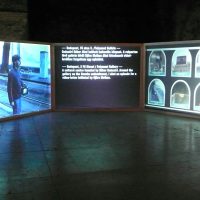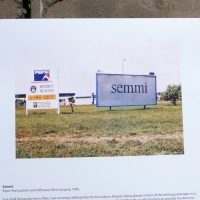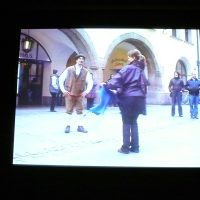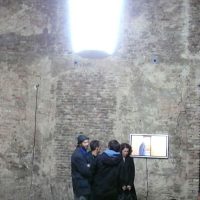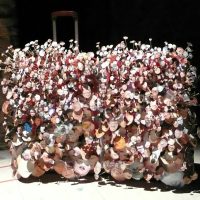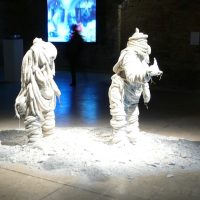While the first exhibition focussed on 1956 as a year of revolutionary insurrection and dealt with artistic reflections on the possibilities of revolution, the second exhibition took as its starting point the revolutionary atmosphere in the period around 1968, perceived as the first global resistance movement, and questioned its legacy for contemporary artistic strategies.
The Revolution Trilogy closes with the sequence that began in 1989 and focuses on the effect of the changes on a single community in one locality, namely the enclave of foreign artists within the Budapest art world, and examines their participation in libratory forms of sociability, negotiation of the politics of belonging, and contribution to a post-national understanding of contemporary art in post-communist Europe.
